Nara Park Japan: Visit Japan’s Deer Sanctuary
Nara Park is a familiar name to those who love nature and the unique culture of the Kansai region in Japan.
I visited Nara Park on a day trip from Osaka and had fun interacting with the deer here.

About Nara Park
Built in 1880, Nara Park is the largest park in Japan, with nearly 700 hectares, including the Todaiji Temple, Kasuga Taisha Temple, and many other historical buildings representing the city’s prosperity.
Mentioning Nara Park, people will think of lovely deer wandering in large and poetic gardens. The deer are the symbols of Nara Park and the soul of the beautiful Nara city.
Nara Park opens for free all day, so you can freely explore, enjoy afternoon tea at the tea shop and enjoy the nature of Japan.

How to get to Nara Park
Nara Park is about a 5-minute walk from Kintetsu Nara Station and about 20 minutes from JR Nara Station. Also, there are many convenient bus stops around the park.

If you’d like to explore more attractions in Nara and the surroundings, booking a day tour would be a good idea. For example, you can choose Todaiji Temple, Nara Park, Kofukuji Temple Half-Day Tour from Kyoto.
Things to do in Nara Park
Interact with the deer
Getting out of the train station, I caught many deer roaming freely. Deer were everywhere, on the sidewalk, in the park, or near the temples.

I was surprised to know that more than 1200 deers were living in this park!
It was interesting to learn that the deer in Nara Park have been the emissaries of Kasuga-Taisha temple since ancient times.
Although familiar to humans, they are still wild animals and are recognized as a national natural heritage named “Nara deer.”

Feed the deer
Although these deer have not been domesticated, you can still feed them crackers, special food for this species.
I was scared at first when trying to feed them, but I got used to it after a while.


Admire Kofukuji Temple
Kofukuji Temple is a landmark and a symbol of Nara. It was first built in 730 and, most recently, rebuilt in 1426.
While the entrance to the Kofukuji Temple is free and accessible all day, there are two areas that you need to pay an entrance fee: the National Treasure Museum of Kofukuji and the Eastern Golden Hall.

The recently refurbished National Treasure Museum represents part of the temple’s excellent art collection and is an absolute must-see for those who love Buddhist art.
Among the many prominent exhibits are the three-sided, six-sided Ashura Statue, one of the most famous Buddha images in Japan.
Visit Todaiji Temple
My last stop on this trip was to one of the most famous spots in Nara – the Todaiji temple.
This temple was started building in 728 at the order of Emperor Shomu and completed in 752 – the period when Buddhism was flourishing and becoming the national religion of Japan.

The temple is also recognized by UNESCO as a World Heritage Site thanks to its rich history and unique artistic architecture imbued with Buddhism.
Todaiji is considered the largest wooden architecture in the world.

More thoughts on Nara deer park
I love my time at the deer park and wish I had stayed longer. The deer were friendly and used to humans, and it’s great to see how they live in a modern setting.
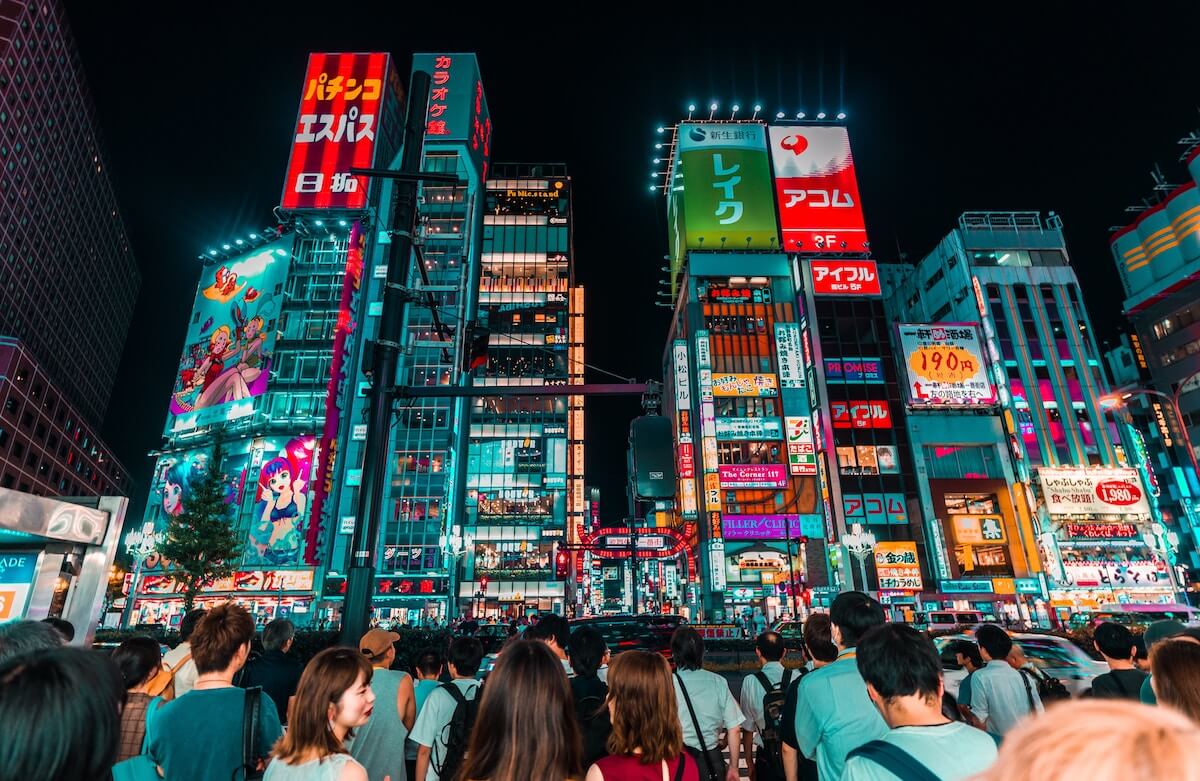
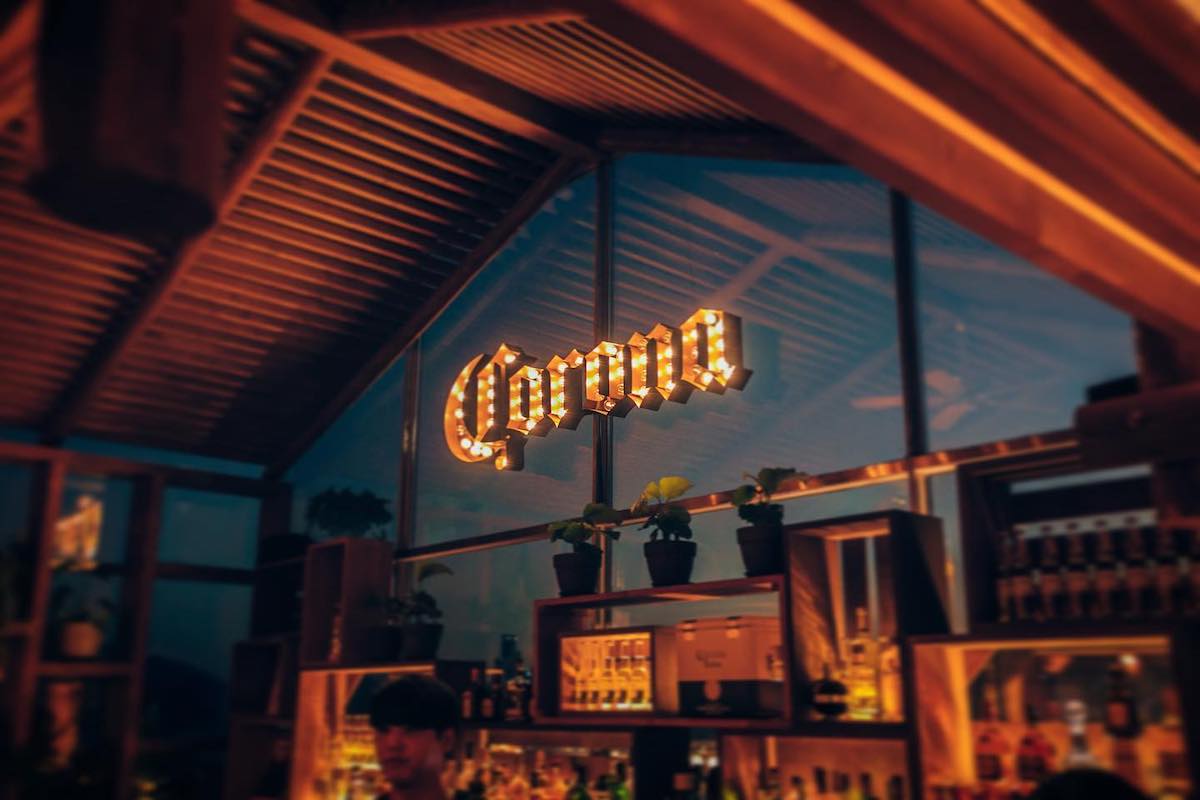
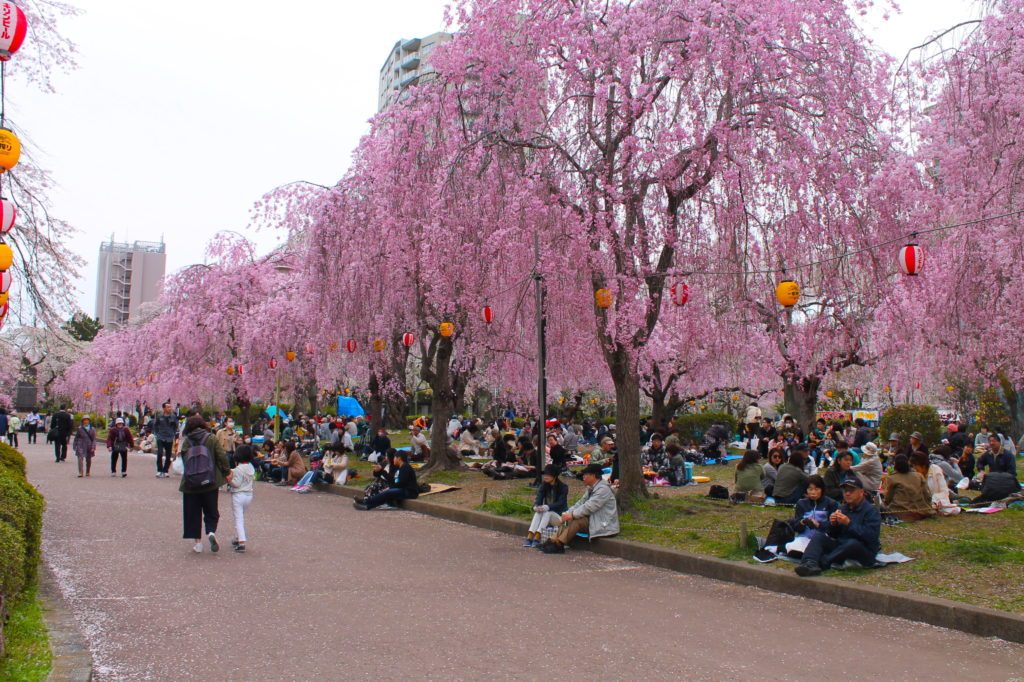
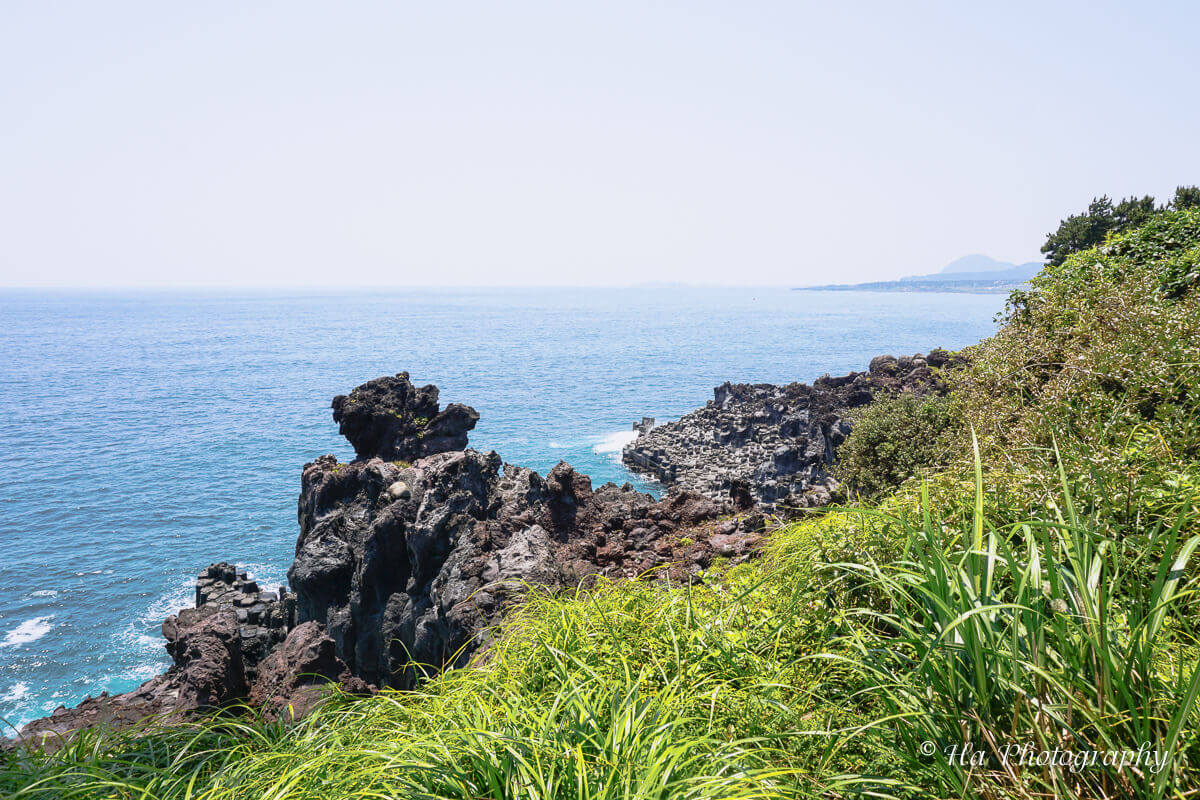
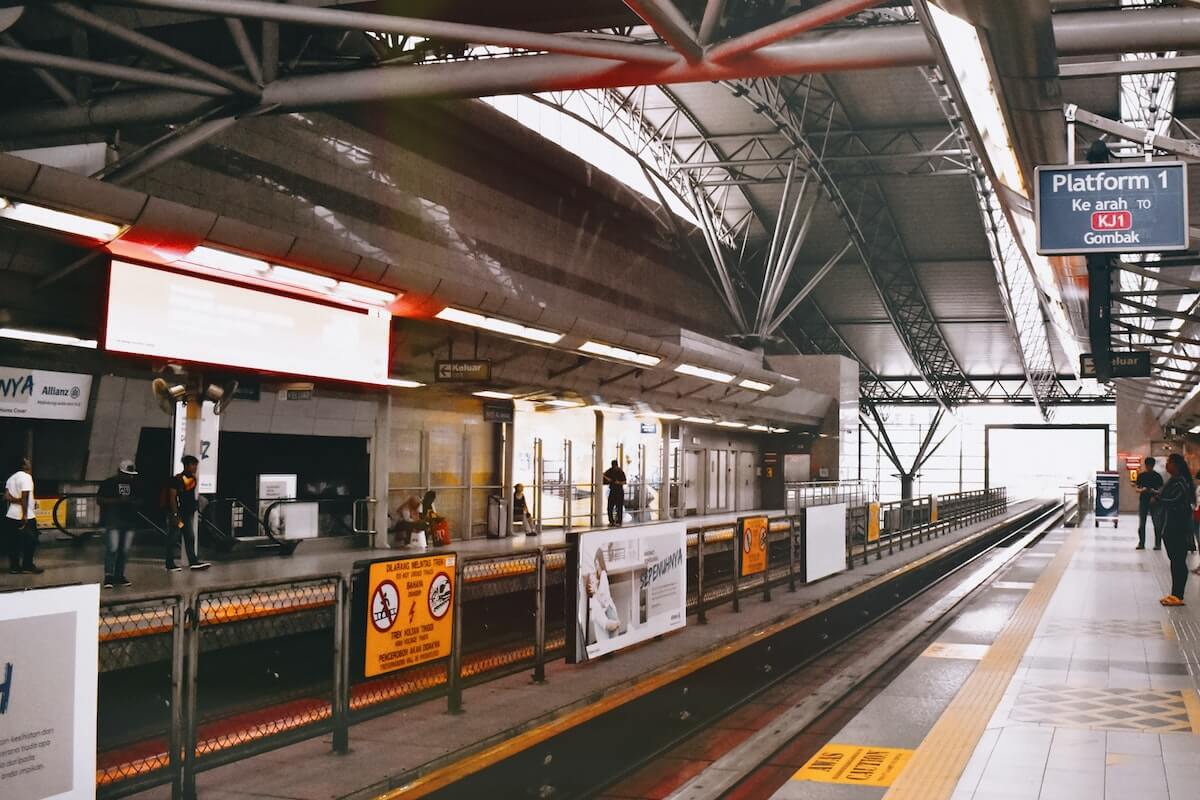

That temple is so old! But I guess anything from 730 won’t be in the US – I’m not used to such ancient things. I would love to go and spend time with the deer. They are so skittish in the US, although they are definitely abundant. It looks like you had a fabulous time!
Nara Park seems to be getting a lot of attention at the moment and to be frank, when I eventually get to Japan as I have never been, I would love to bring my children here. Also, I would love to check out the temple, I love checking out ancient monuments whilst on the road and Japan has some impressive ones to check out. :)
I am visiting Japan this spring and I am looking forward to visiting the Nara Deer Park. Somehow, that place seems so tranquil and peaceful. With all those deer and a couple of beautiful temples, I am sure I am going to have a good time.
Nara Park is a place I would love to visit so I was happy to come across your post. The Deers are so tame , I imagine it is nice to walk among them. Thanks for including how to get to the Park.
Oh my gosh, the Nara deer are so adorable! I imagine they each have their own special personality. I would love to interact with them and feed them those special crackers–very unique experience. As a big art fan, I’d also want to check out National Treasure Museum while I’m at Nara Park. I’ll be sure to visit the park when I visit the Kansai region of Japan. Thanks for the tip!
This is a dream of mine, and is high on my bucket list! The deer at Nara seem so peaceful and friendly too. I never knew there was a temple here too. If I ever get a chance to visit Japan, I’m definitely taking on board your tips.
Nara Deer park is so much talked about and certainly would feature in my plans for Japan. I love animals and a deer is such a cute species. Nice to go through and love the pictures. You must have had a great time being there.
Ahhh this is so fun! I would love to take my son to see this. He would think this is too fun!